Articles > Geography
Trying the top The Largest Cities In Utah cities on US State Largest Cities – Choose State & Number? Here are the top 10 to get you started.
1. Salt Lake City, UT (Population: 209,593)
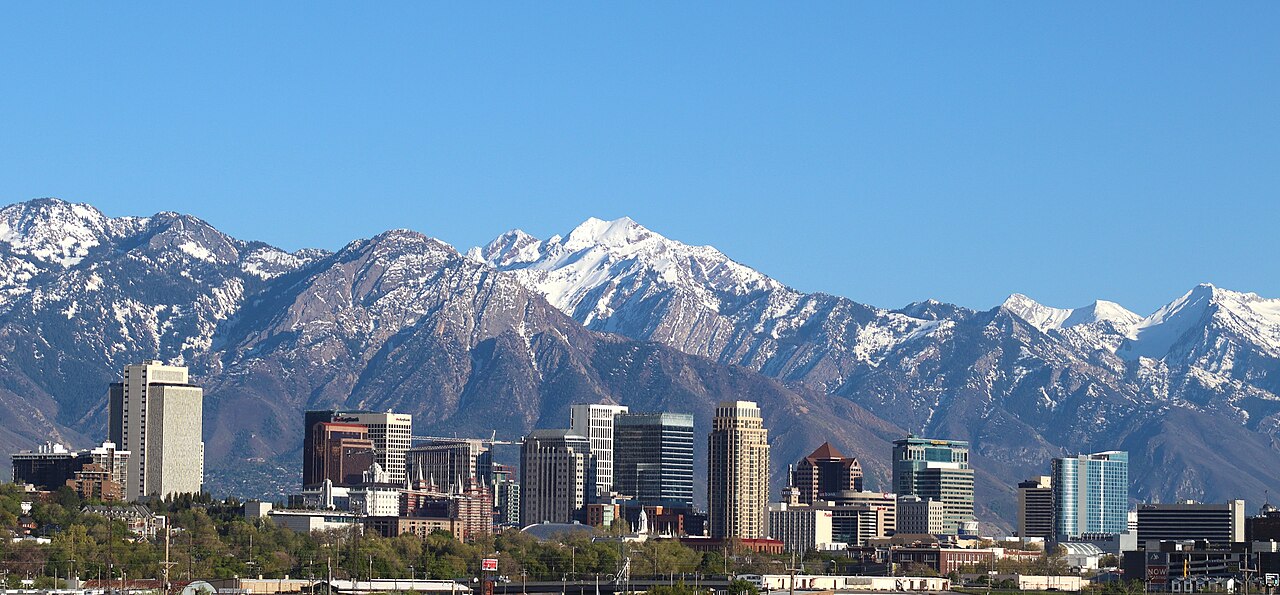
Salt Lake City, the capital of Utah, is framed by the Wasatch Mountains and the Great Salt Lake, offering one of the most striking natural backdrops of any U.S. city. Founded in 1847 by Mormon pioneers, it remains the headquarters of the Church of Jesus Christ of Latter-day Saints, with Temple Square as a global religious landmark. Today, Salt Lake City is a thriving hub for business, culture, and outdoor recreation. The city gained international attention by hosting the 2002 Winter Olympics, which spurred infrastructure and tourism growth. Its economy is fueled by finance, technology, healthcare, and outdoor industries, while nearby ski resorts like Alta, Snowbird, and Park City make it a top destination for winter sports. Downtown SLC blends historic architecture, modern skyscrapers, and a growing arts scene.
Interesting Fact: Salt Lake City has one of the largest street grid systems in the world, designed to accommodate pioneer-era wagons turning around.
2. West Valley City, UT (Population: 134,470)
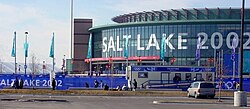
West Valley City, located just west of Salt Lake City, is Utah’s second-largest city and a diverse suburban community. Known for its cultural variety, West Valley City has become a hub for international residents, reflected in its cuisine, festivals, and neighborhoods. The Maverik Center is a regional venue for concerts, hockey, and events, while the Utah Cultural Celebration Center highlights global traditions through exhibits and performances. The city’s economy includes retail, manufacturing, and services, supported by easy access to I-215 and I-80. Parks and recreation, including Centennial Park and trails, provide outdoor opportunities. With its affordable housing and strong community spirit, West Valley City continues to grow as an important part of the Salt Lake metro.
Interesting Fact: West Valley City’s Maverik Center hosted ice hockey during the 2002 Winter Olympics.
3. West Jordan, UT (Population: 114,908)
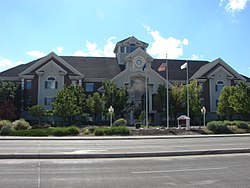
West Jordan, one of Utah’s fastest-growing cities, sits along the Jordan River at the base of the Oquirrh Mountains. Historically an agricultural settlement, the city expanded with mining and manufacturing before transitioning into a suburban community. Today, West Jordan emphasizes family living, with schools, parks, and recreational facilities serving a diverse population. Jordan Landing, a large shopping and entertainment complex, anchors the city’s economy alongside healthcare, retail, and small businesses. Outdoor life is central, with nearby trails, golf courses, and mountain views shaping its appeal. West Jordan also invests in civic events and cultural programming, reinforcing a strong sense of community. Its proximity to Salt Lake City provides access to urban amenities while maintaining a suburban identity.
Interesting Fact: West Jordan was named after the Jordan River, which was itself named by Mormon pioneers after the biblical River Jordan.
4. Provo, UT (Population: 113,343)

Provo, located in Utah Valley, is best known as the home of Brigham Young University, which heavily influences its culture, economy, and innovation. The university drives research, sports, and arts, while also shaping Provo’s vibrant student population. The city has become a hub for technology and entrepreneurship, often referred to as part of “Silicon Slopes,” with startups and established firms alike growing in the region. Provo is also rich in natural beauty, with access to Provo Canyon, Bridal Veil Falls, and Utah Lake providing outdoor adventure. Its downtown area has undergone revitalization, adding restaurants, shops, and arts venues. With its mix of education, innovation, and recreation, Provo is one of Utah’s most dynamic cities.
Interesting Fact: Provo was named one of the top U.S. cities for startups, with a booming tech scene anchored by BYU graduates.
5. St. George, UT (Population: 104,578)

St. George, located in southwestern Utah, is a rapidly growing city set among stunning red rock landscapes. Its warm climate and proximity to Zion National Park make it a magnet for outdoor enthusiasts, retirees, and families alike. Originally settled by Mormon pioneers as part of the “Cotton Mission,” St. George has evolved into a tourism and recreation hub. Golf courses, hiking trails, and nearby reservoirs support year-round activity. The city’s downtown features historic buildings, cultural venues, and a growing arts scene. St. George also attracts visitors with events like the St. George Marathon and Ironman competitions. With rapid population growth, new housing, and expanded infrastructure, it is one of the fastest-growing cities in the U.S.
Interesting Fact: St. George averages over 300 days of sunshine per year, earning it the nickname “Utah’s Dixie.”
6. Orem, UT (Population: 95,519)
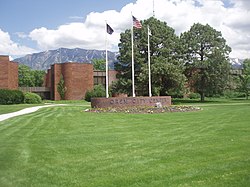
Orem, neighboring Provo in Utah Valley, brands itself as “Family City USA” for its emphasis on community and family-friendly living. The city is home to Utah Valley University, one of the state’s fastest-growing institutions, which enriches the cultural and educational life of the community. Orem’s economy includes retail, tech, and education, with the University Mall serving as a commercial hub. The city hosts the annual Timpanogos Storytelling Festival, which draws national performers and audiences. Outdoor recreation is abundant, with Provo Canyon and Mount Timpanogos nearby. With its strong schools, community programs, and affordable living, Orem continues to attract families and professionals seeking balance between suburban comfort and cultural energy.
Interesting Fact: Orem’s SCERA Center for the Arts has been a community landmark for film, theater, and concerts since the 1930s.
7. Sandy, UT (Population: 91,943)
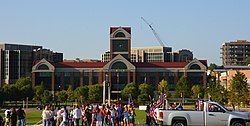
Sandy, located at the base of the Wasatch Mountains, is a thriving suburban city within the Salt Lake metro area. Known for its access to skiing and outdoor recreation, Sandy provides residents with both natural beauty and suburban convenience. The city is home to America First Field, where Major League Soccer’s Real Salt Lake plays, and the Mountain America Exposition Center, which hosts regional events. Sandy’s economy includes retail, services, and growing tech firms, while its schools and community programs reinforce family living. Outdoor enthusiasts enjoy the city’s parks, trails, and proximity to ski resorts in Little Cottonwood Canyon. Sandy continues to evolve with new mixed-use developments and investments in infrastructure.
Interesting Fact: Sandy hosts the annual Sandy Balloon Festival, where hot air balloons launch against a mountain backdrop.
8. Lehi, UT (Population: 90,227)
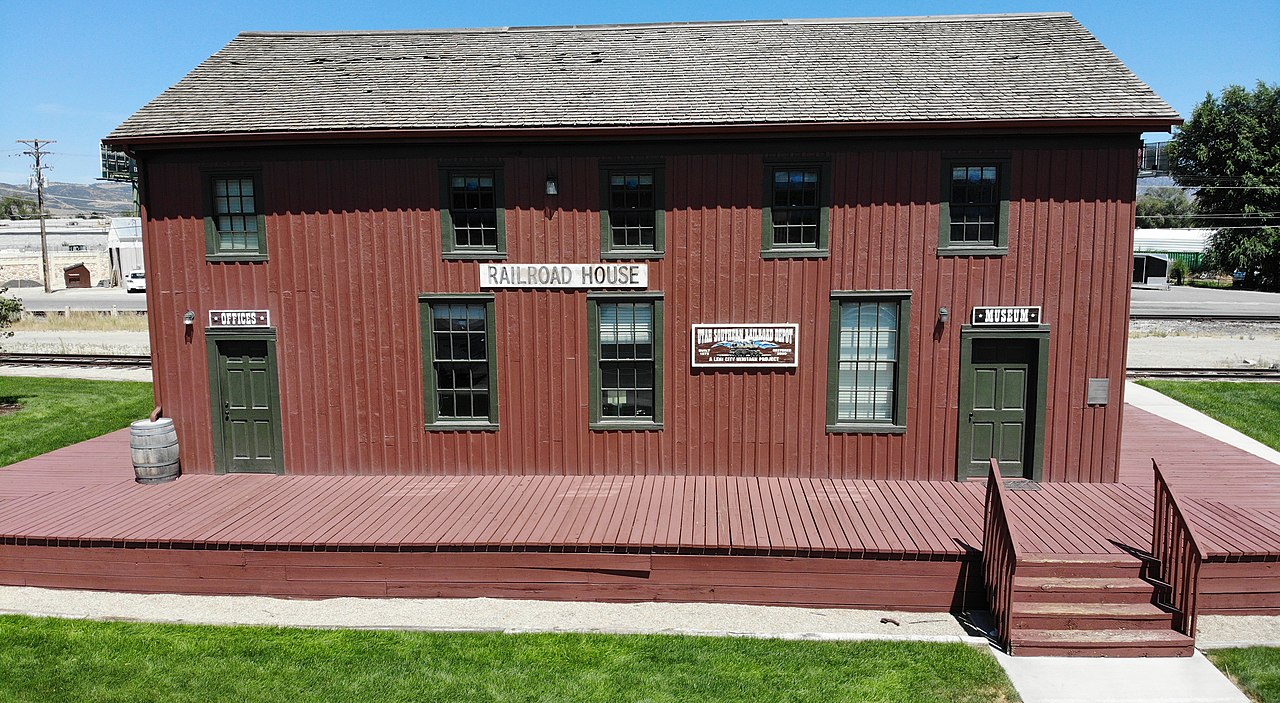
Lehi, located between Salt Lake City and Provo, is a booming center of Utah’s tech industry. Once a small farming town, Lehi has exploded in growth as part of “Silicon Slopes,” attracting companies like Adobe, Qualtrics, and numerous startups. Thanksgiving Point, with its gardens, museum, and golf course, is one of Lehi’s most popular attractions, drawing visitors from across the region. The city emphasizes innovation, education, and family living, with new housing developments and schools keeping pace with rapid growth. Outdoor access is close by, with Utah Lake and mountain trails offering recreation. Lehi balances its pioneer heritage with a forward-looking tech economy, making it one of Utah’s most dynamic cities.
Interesting Fact: Lehi was named after a prophet in the Book of Mormon and was one of the earliest Mormon pioneer settlements in Utah.
9. Ogden, UT (Population: 87,267)
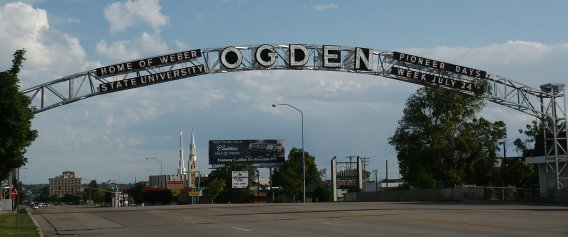
Ogden, located north of Salt Lake City, is a city with a rugged and historic character. Once a key railroad hub, Ogden became a gateway to the West, and its historic 25th Street reflects this vibrant past with preserved architecture, shops, and restaurants. Today, Ogden is a base for outdoor adventure, with quick access to skiing at Snowbasin and Powder Mountain, as well as hiking in the Wasatch Range. Weber State University adds an academic and cultural presence, while the city’s economy includes aerospace, defense, and outdoor gear industries. Ogden’s community blends history, art, and recreation, making it a distinctive destination in northern Utah.
Interesting Fact: Union Station in Ogden once served as a major junction for transcontinental railroads and now houses multiple museums.
10. South Jordan, UT (Population: 84,528)
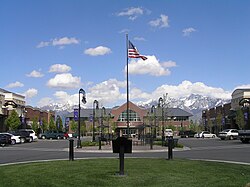
South Jordan, part of the Salt Lake Valley, is one of Utah’s fastest-growing cities, combining suburban development with natural beauty. Known for its master-planned Daybreak community, South Jordan has become a model of modern urban planning, with walkable neighborhoods, lakes, trails, and community centers. The city also hosts the Salt Lake County Equestrian Park and Event Center, highlighting Utah’s agricultural traditions. South Jordan provides convenient access to both Salt Lake City and the Wasatch Mountains, balancing work and recreation opportunities. With high-quality schools, parks, and family amenities, it has quickly become one of the state’s most desirable communities.
Interesting Fact: South Jordan is one of only a few cities worldwide with temples from two different LDS Church denominations within its boundaries.




